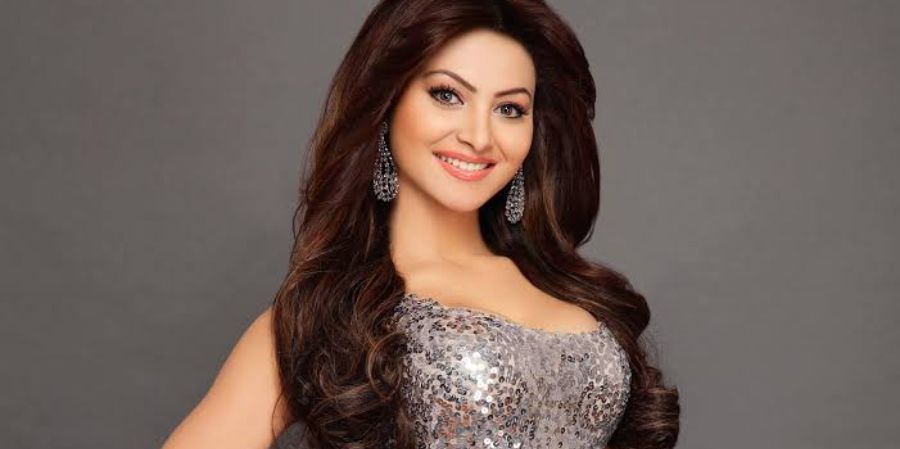

Hindi cinema, often known as Bollywood and formerly as Bombay cinema,[4] is the Indian Hindi-language film industry based in Mumbai (formerly Bombay). The term is a portmanteau of "Bombay" and "Hollywood". The industry is related to Cinema of South India and other Indian film industries, making up Indian cinema—the world's largest by number of feature films produced In 2017, Indian cinema produced 1,986 feature films, with Bollywood as its largest filmmaker, producing 364 Hindi films the same year.[3] Bollywood represents 43 percent of Indian net box-office revenue; Tamil and telugu cenema represent 36 percent, and the remaining regional cinema constituted 21 percent in 2014.[7] Bollywood is one of the largest centres of film production in the world.[8][9][10] In 2001 ticket sales, Indian cinema (including Bollywood) reportedly sold an estimated 3.6 billion tickets worldwide, compared to Hollywood's 2.6 billion tickets sold.[11][12][13] Bollywood films tend to use vernacular Hindustani, mutually intelligible by people who self-identify as speaking either Hindi or Urdu,[14][15][16] and modern Bollywood movies[17] increasingly incorporate elements of Hinglish.[14]
The most popular commercial genre in Bollywood since the 1970s has been the masala film, which freely mixes different genres including action, comedy, romance, drama and melodrama along with musical numbers.[18][19][20][21] Masala films generally fall under the musical film genre, of which Indian cinema has been the largest producer since the 1960s when it exceeded the American film industry's total musical output after musical films declined in the West; the first Indian musical talkie was Alam Ara (1931), several years after the first Hollywood musical talkie The Jazz Singer (1927). Alongside commercial masala films, a distinctive genre of art films known as parallel cinema has also existed, presenting realistic content and avoidance of musical numbers. In more recent years, the distinction between commercial masala and parallel cinema has been gradually blurring, with an increasing number of mainstream films adopting the conventions which were once strictly associated with parallel cinema.In 1897, a film presentation by Professor Stevenson featured a stage show at Calcutta's Star Theatre. With Stevenson's encouragement and camera, Hiralal Sen, an Indian photographer, made a film of scenes from that show, The Flower of Persia (1898).[29] The Wrestlers (1899) by H. S. Bhatavdekar showed a wrestling match at the Hanging Gardens in Bombay.[30]Dadasaheb Phalke's silent Raja Harishchandra (1913) is the first feature film made in India. By the 1930s, the industry was producing over 200 films per year.[34] The first Indian sound film, Ardeshir Irani's Alam Ara (1931), was commercially successful.[35] With a great demand for talkies and musicals, Bollywood and the other regional film industries quickly switched to sound films.The 1930s and 1940s were tumultuous times; India was buffeted by the Great Depression, World War II, the Indian independence movement, and the violence of the Partition. Although most Bollywood films were unabashedly escapist, a number of filmmakers tackled tough social issues or used the struggle for Indian independence as a backdrop for their films.[34] Irani made the first Hindi colour film, Kisan Kanya, in 1937. The following year, he made a colour version of Mother India. However, colour did not become a popular feature until the late 1950s. At this time, lavish romantic musicals and melodramas were cinematic staples.The decade of the 1940s saw an expansion of the Bollywood's commercial market and its presence in the national consciousness. The year 1943 saw the arrival of Indian cinema's first 'blockbuster' offering, the movie Kismet, which grossed in excess of the important barrier of one crore (10 million) rupees, made on a budget of only two lakh (0.2 million) rupees.[36] Kismet tackled contemporary issues, especially those arising from the Indian Independence movement, and went on to become "the longest running hit of Indian cinema", a title it held till the 1970s.[37] Film personalities like Bimal Roy, Sahir Ludhianvi and Prithviraj Kapoor participated in the creation of a national movement against colonial rule in India, while simultaneously leveraging the popular political movement to increase their own visibility and popularity.[38][39] Themes from the Independence Movement deeply influenced Bollywood directors, screen-play writers, and lyricists, who saw their films in the context of social reform and the problems of the common people.


